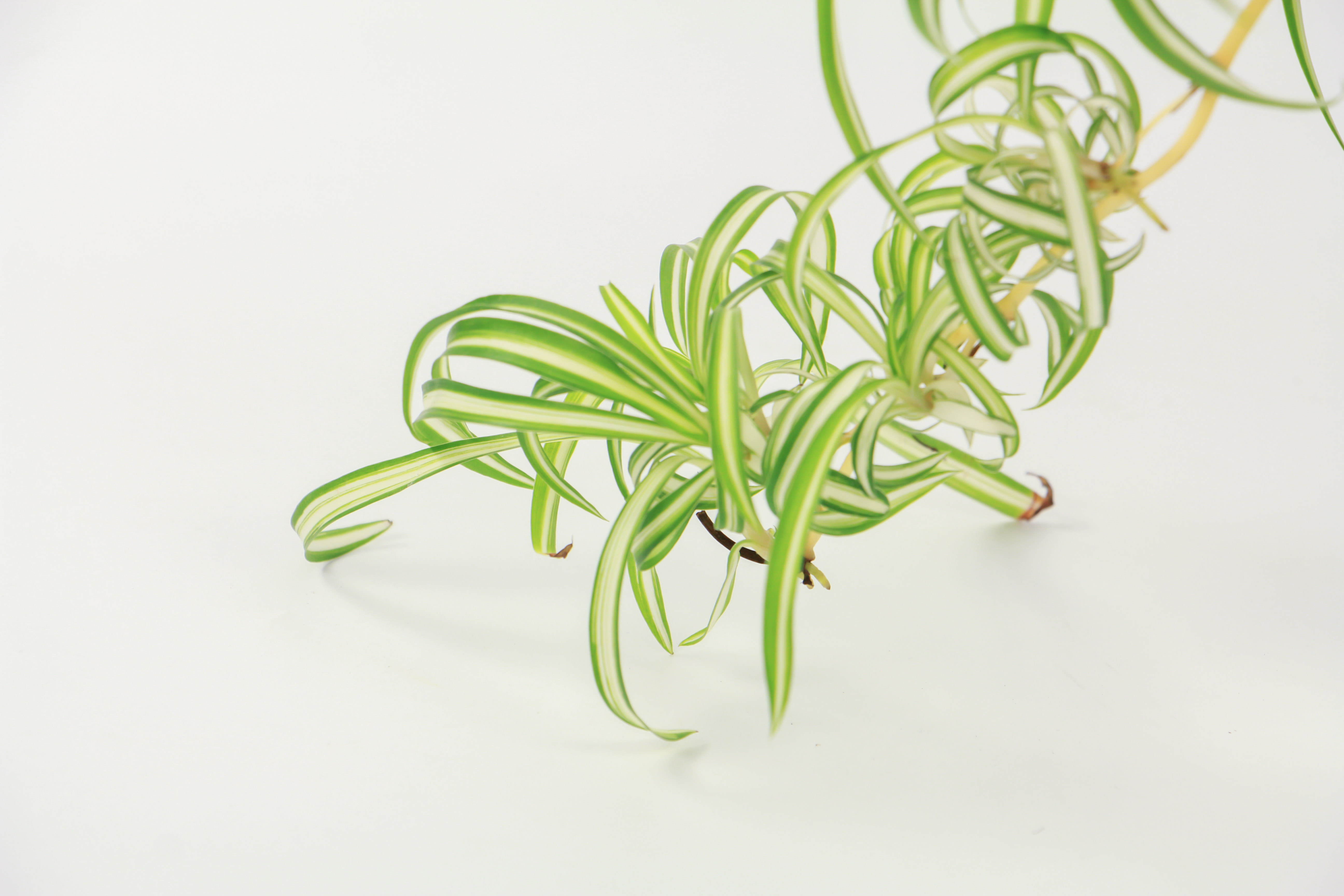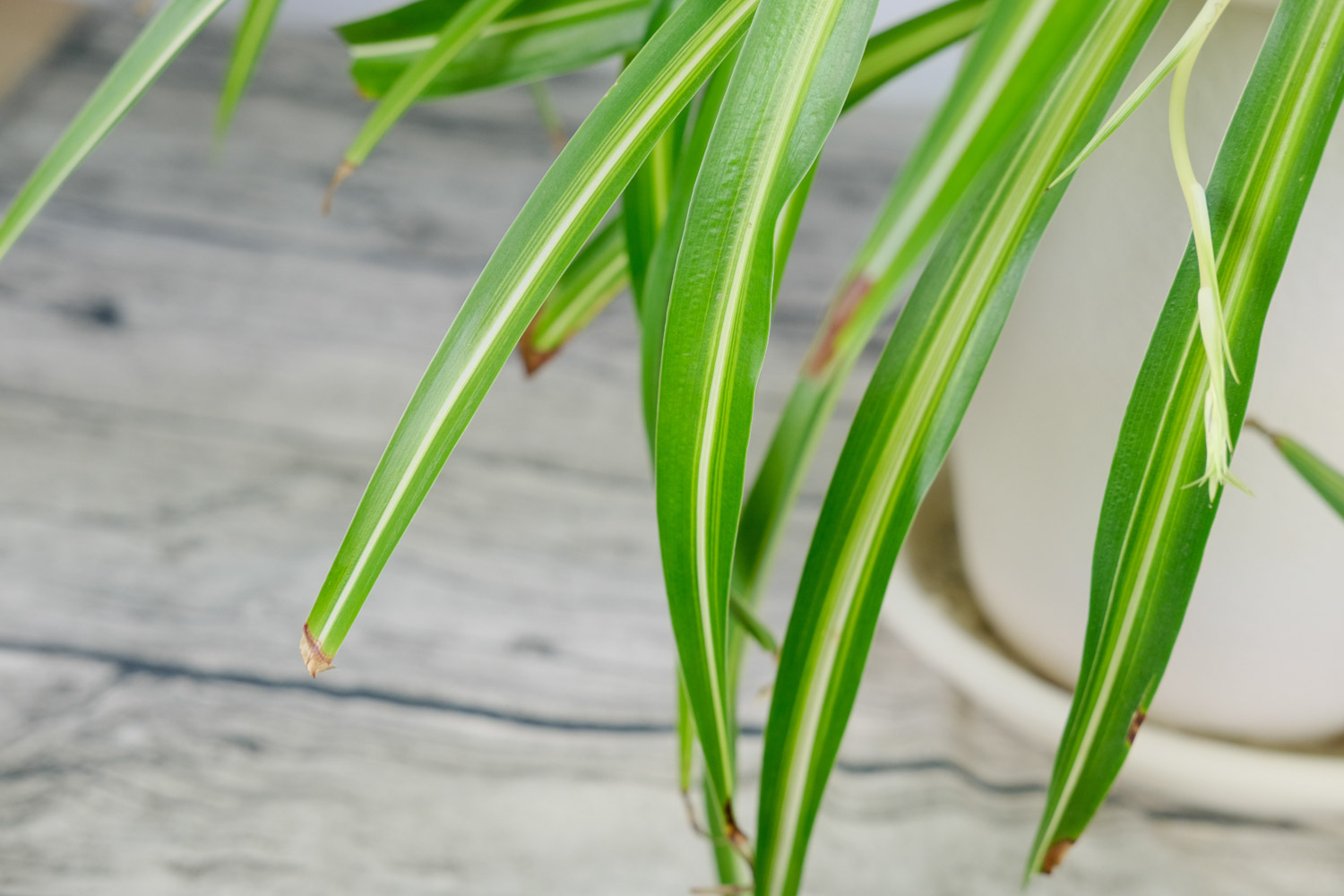1、 Trim blade
Yellow leaves, diseased leaves, dead leaves, overgrown leaves or broken leaves will appear during its growth. They should be trimmed in time after they are found. When pruning, do not cut horizontally, but cut obliquely. It is best to cut obliquely on both sides, which will look more natural. Cutting some old leaves in the first and middle of May will promote Chlorophytum to grow new leaves faster

2、 Pruning stolon
New stems and leaves will grow on the stolon of the plant, which can be cut off or retained. The stolons that grow longer can be cut short or directly. After being cut off, they will sprout new stems and leaves

3、 Pruning roots
Chlorophytum is a perennial plant with well-developed roots. After breeding for a period of time, it should be replaced with basin soil. In order to prevent too dense roots from causing Chlorophytum leaves to turn yellow and wither. Generally, the basin soil needs to be changed once every 2-3 years. When changing the basin soil, the old roots, rotten roots and excess roots of Chlorophytum can be trimmed

4、 Pruning management
After pruning, put it in a cool and semi ventilated place. The suitable temperature for its growth is 15-25 ℃, and it is best to keep it indoors

 how many times do yo...
how many times do yo... how many planted tre...
how many planted tre... how many pine trees ...
how many pine trees ... how many pecan trees...
how many pecan trees... how many plants comp...
how many plants comp... how many plants can ...
how many plants can ... how many plants and ...
how many plants and ... how many pepper plan...
how many pepper plan...





























